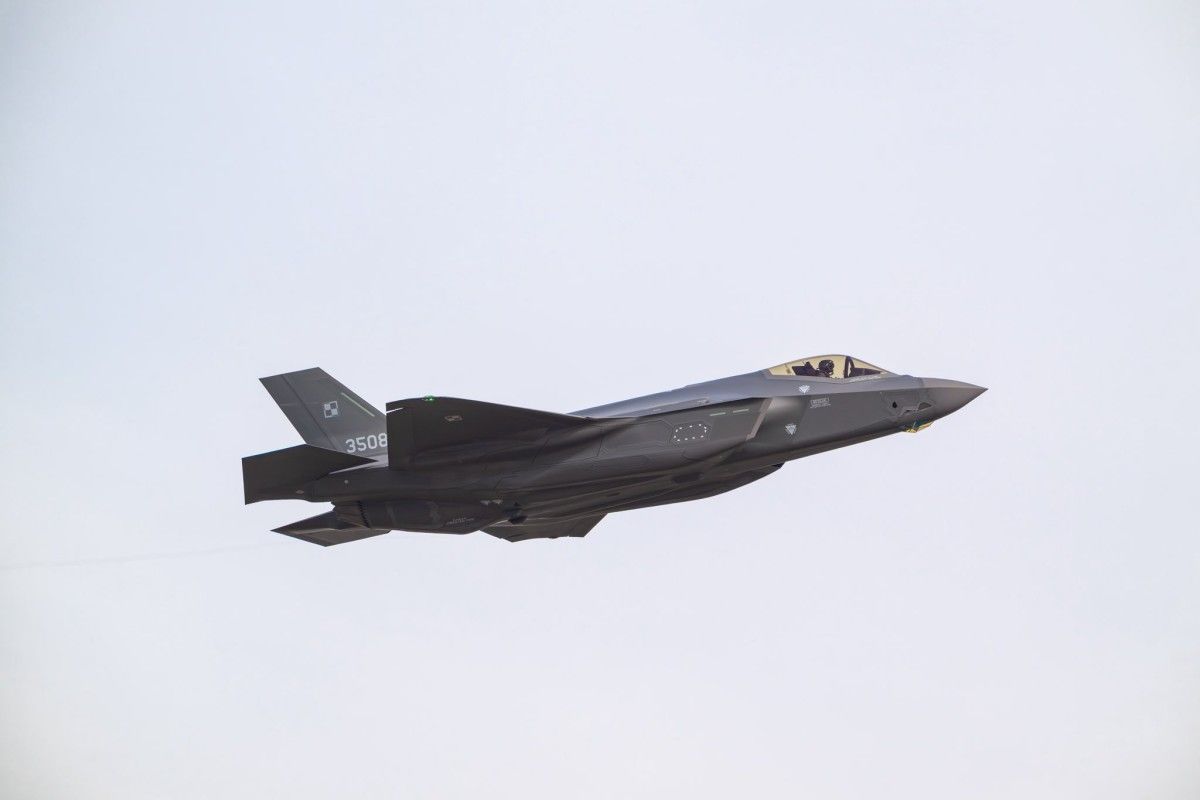
Russia Accused Of Preparing Sabotage Ops Around British Isles Based On Spy Ship Movements
A specialized Russian intelligence ship and research vessel called the Yantar has been raising alarm among Western officials as media reports claim it is stalking waters off northern Europe.
An investigation by the Financial Times says the vessel is equipped with sophisticated surveillance equipment, and has been engaged in suspicious activity while being tracked in waters near Ireland and other strategic locations. For example, it has been observed directly above undersea cables connecting Ireland and the UK.
Intelligence officials believe that the Yantar’s purpose is to collect data and potentially lay the groundwork for sabotage operations, based on satellite radar data and interviews with current and former NATO naval officers.
 MOD/AFP/GETTY IMAGES
MOD/AFP/GETTY IMAGESIt also is said to have lingered over critical undersea cables between Norway and the Svalbard archipelago, which is an Arctic region of growing strategic interest to Moscow.
The FT concludes that the ship began targeting European infrastructure for intelligence data collection starting in autumn 2023, and that its been engaged ina 13-month surveillance operation.
The report has flagged that its Irish Sea operations have been especially troubling, given this region is widely viewed as a vulnerable point in NATO’s defense network.
One senior NATO commander interviewed said that Yantar is „the tool Russia is using to somehow . . . keep us awake” as „she’s following cable lines and pipelines, making stops. We are monitoring her very closely.”
The report comes at a moment that European officials are mostly taken up with establishing an Eastern European defense shield, or 'drone wall’ which would protect EU and NATO territory from Russian aircraft incursions. But apparently the seaborne threat could be the most significant one, as FT writes:
The reporting also sheds new light on the secretive military unit that oversees the ship’s activities — Russia’s directorate of deep-sea research, known as Glavnoye Upravlenie Glubokovodnikh Issledovanii or GUGI. Its operations are so classified that only a small group of highly trained Russian hydronauts are privy to them.
The majority of GUGI’s 50 vessels are submarines and smaller submersibles, some of which can reach depths of 6,000 metres, more than 10 times the depth of a conventional military submarine. But it also has surface vessels, such as Yantar, which are much cheaper to operate over long distances, and can be used as platforms for submersibles and divers.
Europe is concerned that a repeat of last year’s cutting of several Baltic Sea underwater telecoms cables could be imminent. Russia came under immediate suspicion of cutting key cables; however, there’s been contradictory reporting and evidence on whether these incidents were accidental or intentional sabotage.
Russia is preparing sabotage operations around the British Isles, threatening undersea internet cables
According to the Financial Times, the Russian intelligence vessel Yantar spent three months operating in European waters, mapping critical undersea cables.
The ship circled… pic.twitter.com/g4YdFKrAx3
— Visegrád 24 (@visegrad24) September 26, 2025
Hundreds of undersea cables span the globe, transmitting 98% of the world’s internet traffic and are seen as essential to the global economy. The overwhelming majority of them are owned and operated by private companies. There are frequent instances of damage, but these are often found to be through fishing vessels dredging floorbeds and other accidents.
Tyler Durden
Sat, 09/27/2025 – 20:25






